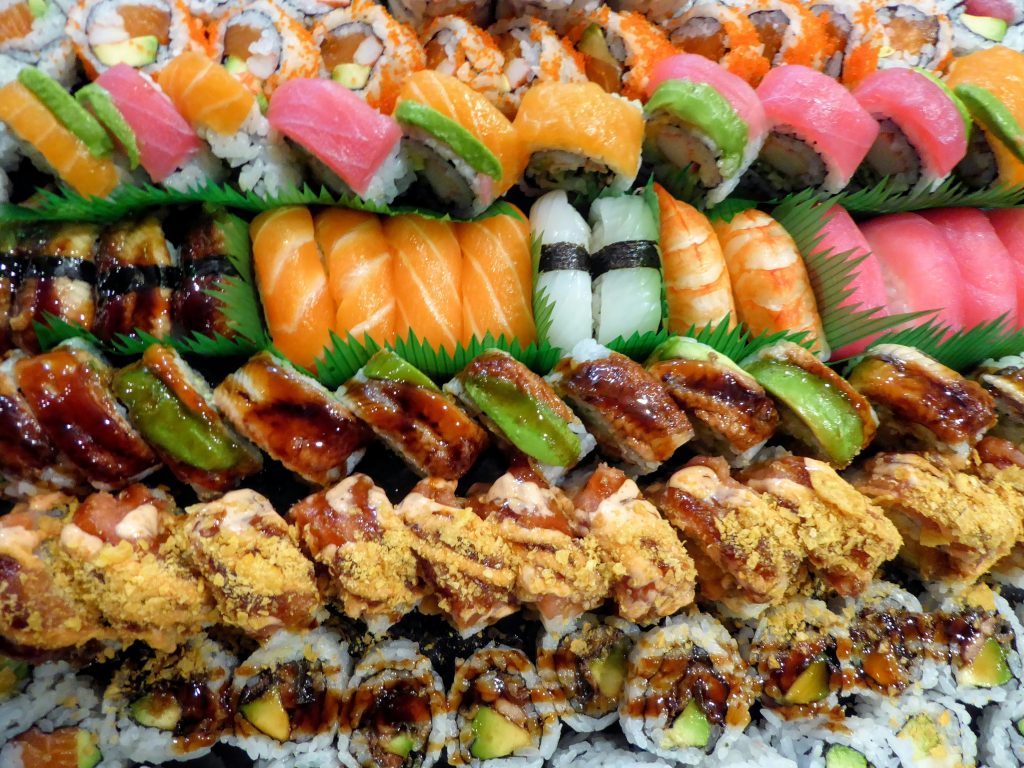Red Dye No. 3 Ban: Impact on Food and Pharma Sectors
The U.S. Food and Drug Administration (FDA) has finally moved to ban Red Dye No. 3, a synthetic food coloring linked to behavioral issues in children and cancer in animal studies. This action, coming decades after the dye was barred from cosmetics due to similar concerns, will have ramifications across the food and pharmaceutical industries.
The FDA’s decision follows a 2022 petition from food safety advocates and sets a 2027 deadline for manufacturers to reformulate products currently containing Red Dye No. 3. This means companies in the processed food, snack, and beverage sectors will need to invest in R&D to find suitable, safer alternatives. The ban also impacts the pharmaceutical industry, as the dye is used in some ingested drugs.
While the health risks associated with Red Dye No. 3 have been debated for decades, this ban will force companies to reevaluate their supply chains and product formulations. Consumers, increasingly aware of ingredients and health impacts, are likely to react positively. However, this shift also creates potential risks for companies who are slow to adapt, potentially impacting their market share and revenue streams. Conversely, this presents a significant growth opportunity for companies already focused on natural and sustainable food coloring alternatives.
The long-term financial implications of this ban are complex, impacting supply chains, research and development budgets, and potentially even M&A activity in the food science and ingredients space. Investors should watch closely to identify which companies are positioned to benefit from the shift and those that may face challenges. The FDA’s decision, while a health win, is also a catalyst for change, marking the next chapter of the food and pharmaceutical industry landscape.
Tags: FDA Ban, Food Industry, food safety, health risks, Investment Opportunities, Market Impact, Pharmaceutical Industry, R&D, Red Dye 3, Red Dye 3 Ban, supply chain
Hanukkah’s Unexpected Economic Impact: A Global Market Analysis
## Hanukkah’s Global Economic Spark: More Than Just Latkes
While Hanukkah, the eight-day Jewish festival of lights, is primarily a celebration of religious and cultural significance, its economic impact reverberates across the globe, far exceeding the simple sales of dreidels and latkes. This year, the festival’s influence on various sectors provides a fascinating lens through which to analyze contemporary market trends and consumer behavior.
## The Gift-Giving Economy: A Booming Sector
Hanukkah, much like Christmas, fuels a significant surge in gift-giving. This translates to increased spending across multiple industries. Retailers report a marked increase in sales of traditional Hanukkah gifts such as menorahs, candles, and gelt (chocolate coins). However, the modern celebration extends beyond these staples. Experiences, such as family outings and travel, are also increasingly popular, boosting the tourism and entertainment sectors. This shift reflects a broader consumer trend towards experiential gifts rather than material possessions. The impact is not limited to physical products; digital gift cards and online experiences also contribute significantly to the economic activity.
## The Culinary Influence: A Taste of Tradition
The festival’s culinary traditions also play a considerable role. The preparation of traditional Hanukkah foods, from latkes (potato pancakes) to sufganiyot (jelly doughnuts), creates demand for various ingredients and contributes to the agricultural and food processing industries. This demand, while seemingly localized, contributes to the broader agricultural supply chain, affecting prices and market dynamics. The increasing popularity of gourmet and artisanal versions of these foods also drives innovation and premiumization within the food sector.
## Charitable Giving and Community Engagement
Hanukkah is also a time of giving back to the community. Charitable donations increase during this period, supporting various causes and organizations. This contributes to the non-profit sector and underscores the socio-economic impact of the festival. The increased volunteerism and community engagement further enhance social cohesion and contribute to a positive societal atmosphere.
## Beyond the Immediate Impact: Long-Term Trends
The economic impact of Hanukkah extends beyond the eight-day celebration. The increased consumer spending during the festival often influences business decisions and investment strategies. Companies adjust their marketing campaigns and inventory management to accommodate the peak demand. The data gathered during this period provides valuable insights into consumer preferences and market trends, shaping future business strategies. Furthermore, the festival’s cultural significance contributes to the preservation and promotion of Jewish heritage, fostering a sense of identity and community that transcends economic considerations.
## Future Outlook: Navigating the Changing Landscape
The future economic impact of Hanukkah will likely continue to evolve. Factors such as changing consumer preferences, inflation, and global economic conditions will undoubtedly influence spending patterns. However, the inherent cultural significance of the festival, coupled with its strong emphasis on family and community, suggests that its economic impact will remain robust, adapting to the ever-changing global landscape. Businesses and policymakers should continue to monitor this trend to understand its implications and capitalize on the opportunities it presents.
## Conclusion: A Festive Economic Indicator
Hanukkah offers a unique microcosm of the global economy. Its impact resonates across various sectors, highlighting the intertwined nature of culture, commerce, and community. By analyzing its economic influence, we gain valuable insights into broader market trends and consumer behavior, providing a compelling case study for economic researchers and business strategists alike.
Tags: Charitable Giving, community engagement, Consumer Spending, Economics, Food Industry, Gift-Giving, Global Economy, Hanukkah, Holiday Spending, Jewish Festival, Market Analysis, Retail Sales, Tourism


